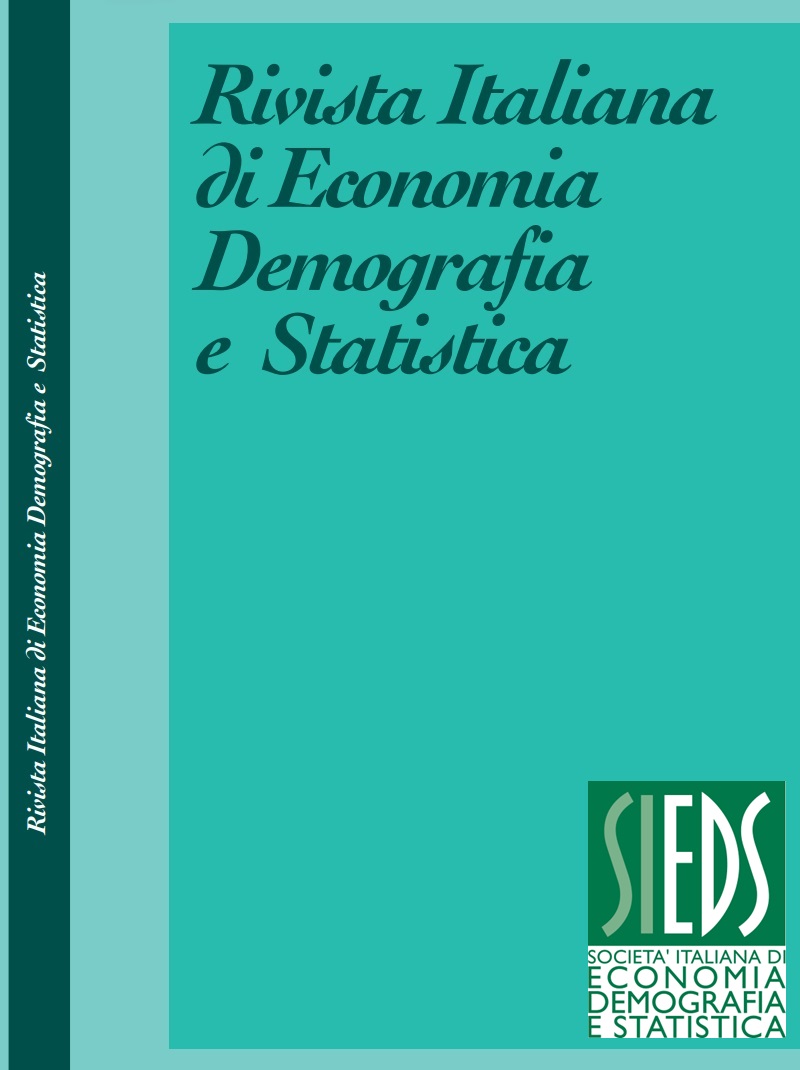Territory and population: demographic trend of the metropolitan city of Rome
Abstract
Since the 1970s, in Italy, there have been deep changes in demographic processes that have led to the Italian population has experienced firstly a slight growth, then a growth due only to immigration, and, in recent years, a demographic decline. The demographic trends of the large cities was different, also influenced by internal migration and opposed to the trends of the rural territories. In particular, Rome has grown rapidly and its attractiveness has spread to the entire province, which in 2014 became the Metropolitan City of Rome. The aim of this paper is therefore to examine the evolution of the population in the municipalities of the Metropolitan City of Rome, from 1971 to 2019, distinguishing the municipalities of the central area, the municipalities forming a ring around this area, and the other municipalities of the Metropolitan City. A descriptive analysis of the inter-censual growth rate of the municipalities of the metropolitan city of Rome was then be carried out. Then, we applied a simultaneous equation model where the endogenous variable is the inter-censual growth rate of the municipal resident population. This allowed us to take into account that the population trend observed in each of the intercensal periods depends on the intensity and geographical distribution of the same phenomenon in the previous decade. In the Metropolitan City of Rome, the demographic evolution of the municipalities is not at all homogeneous. The increase in population in the municipalities of the metropolitan city has certainly been influenced by the distance from the capital city. In our model, in which both the past evolution of the population and the demographic and geomorphological characteristics are taken into account, the geographical position with respect to the capital resulted in being important in explaining the demographic dynamics of the various municipalities of the metropolitan city. This result shows the peculiarity of this area.
Downloads
Published
Issue
Section
License
Copyright (c) 2021 Sara Miccoli, Alessia Naccarato, Cecilia Reynaud

This work is licensed under a Creative Commons Attribution 4.0 International License.



